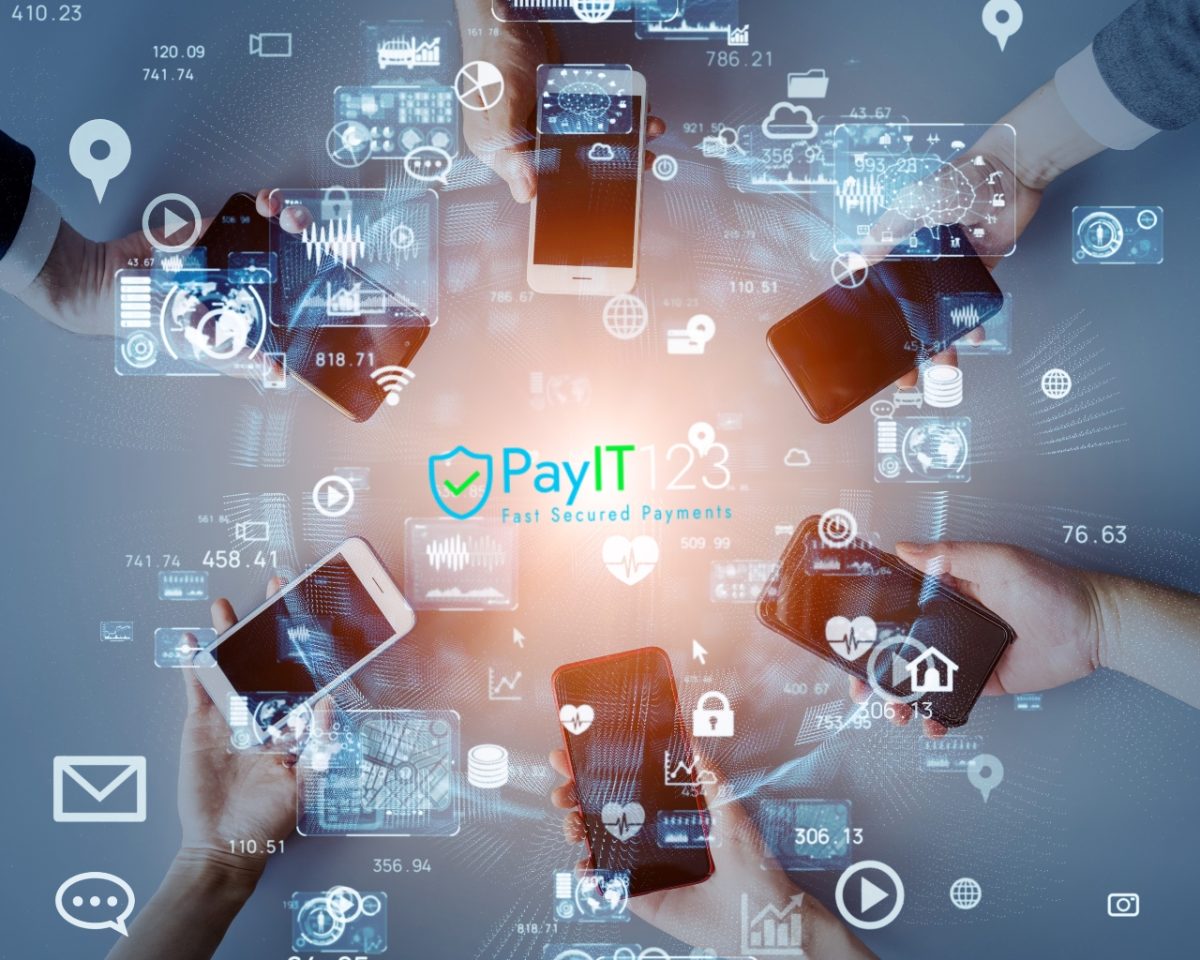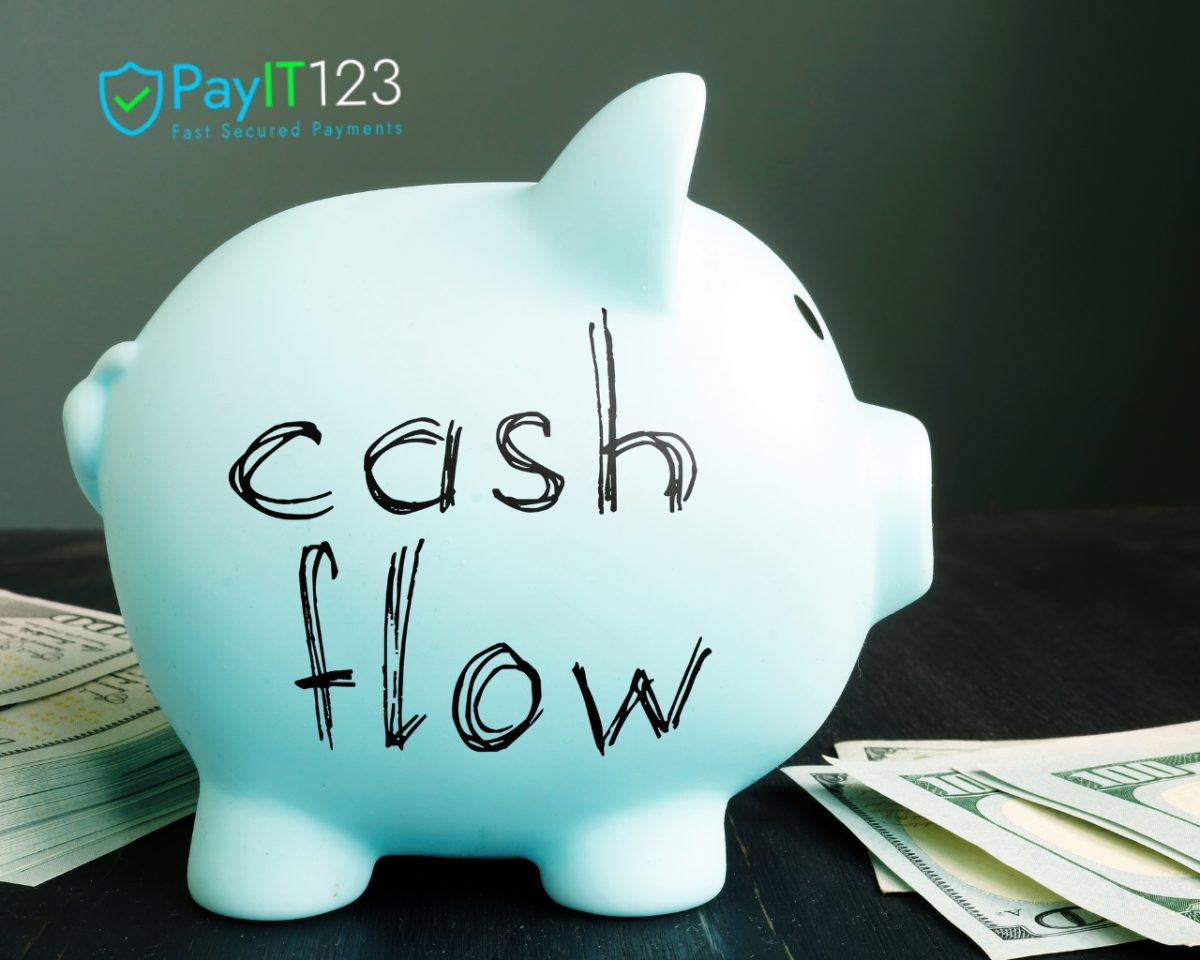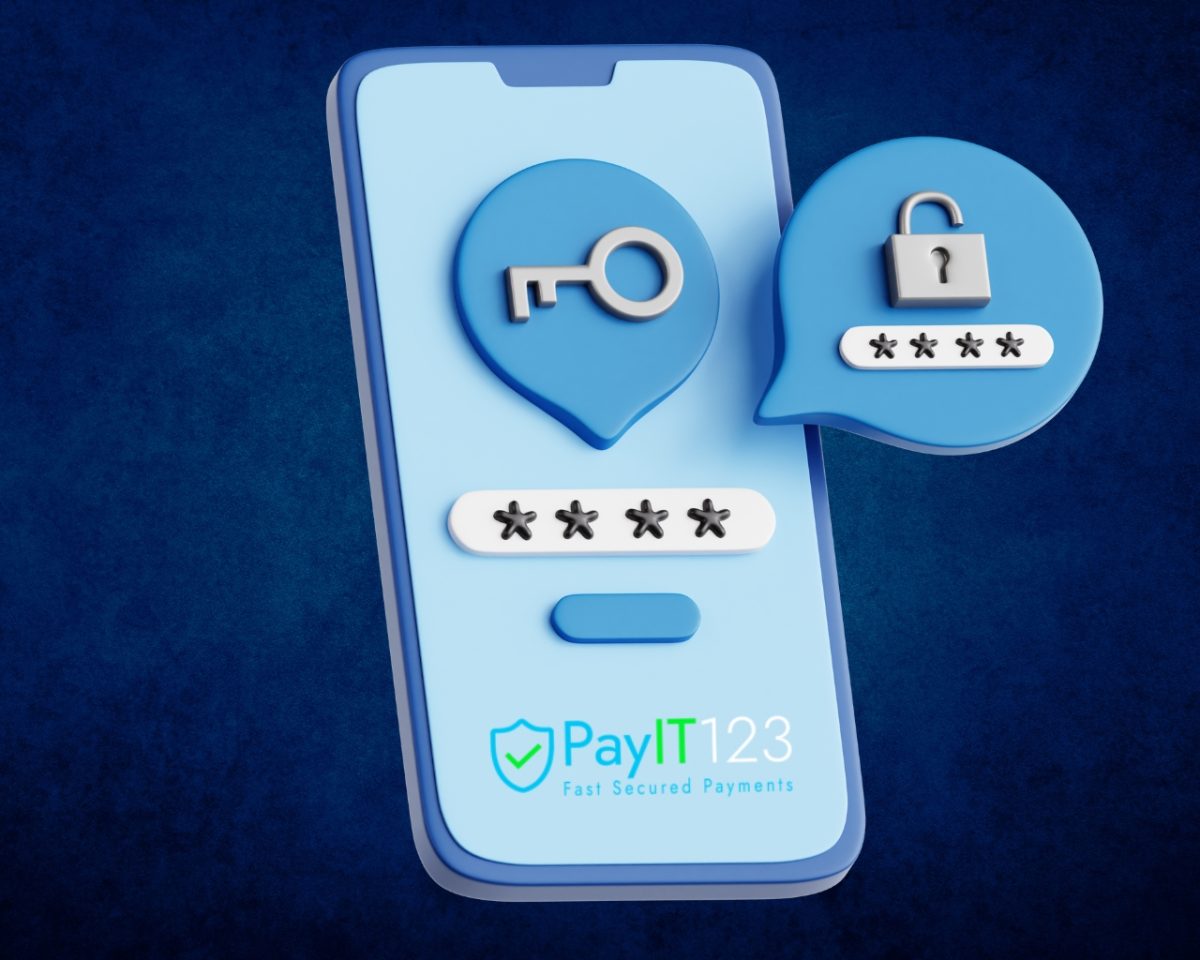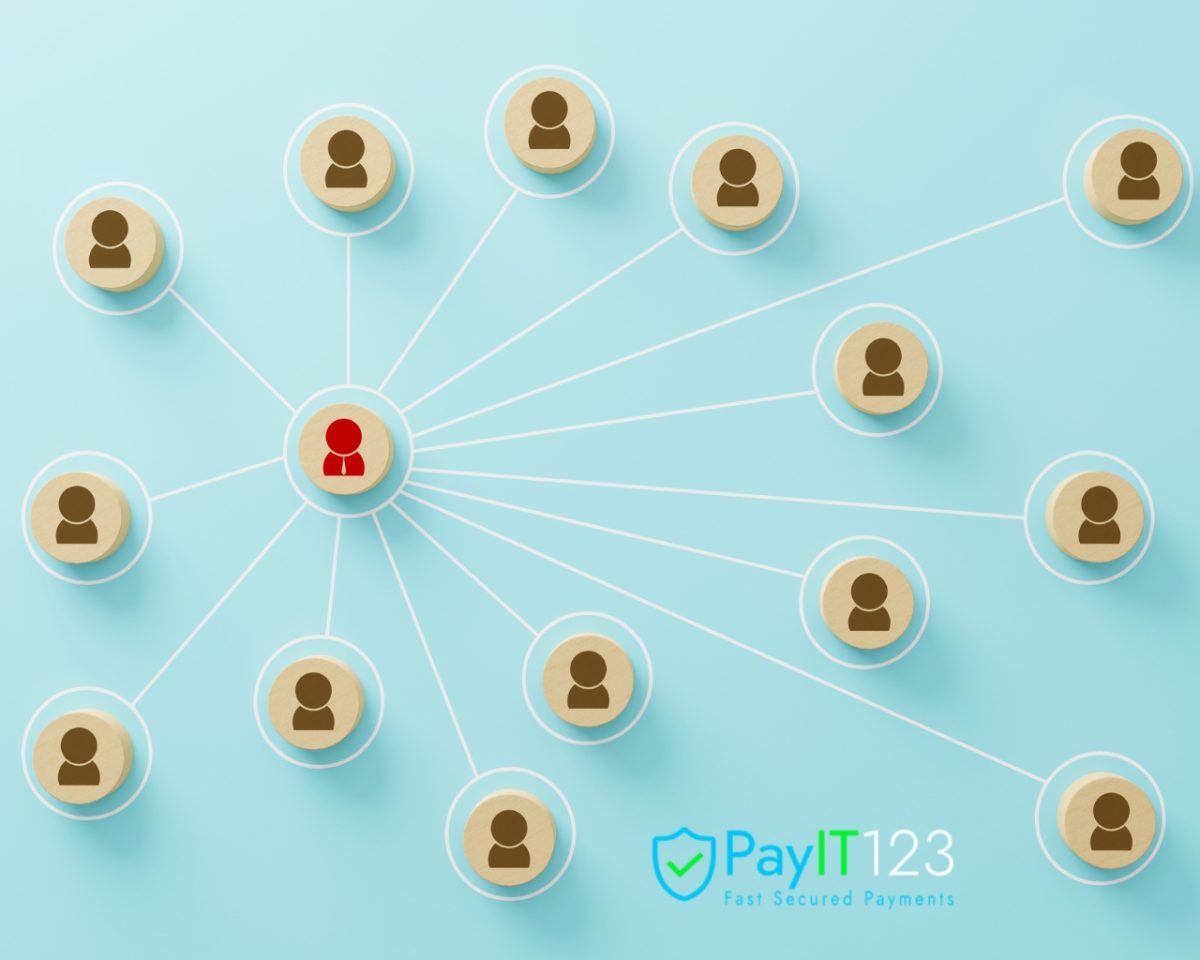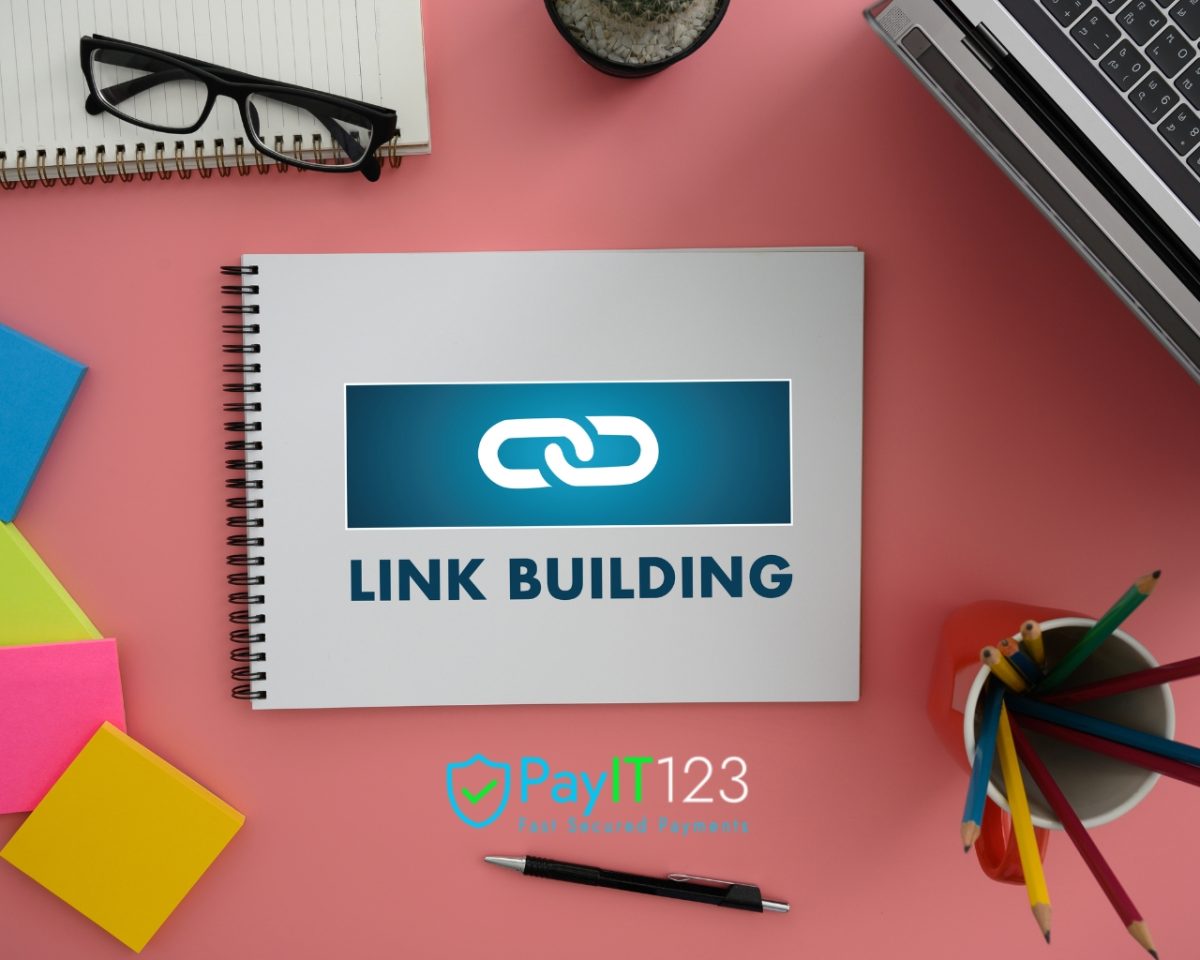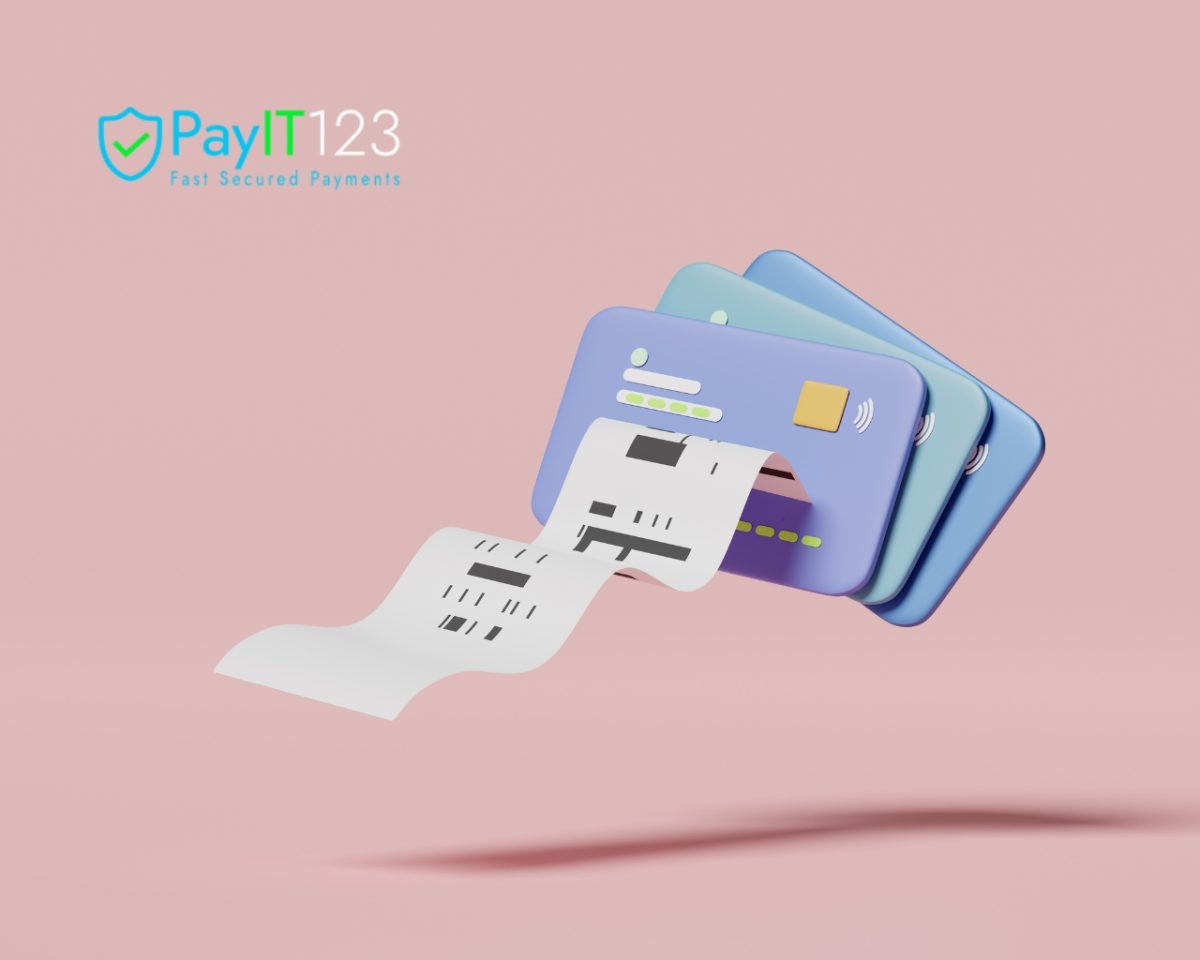Introduction
In today’s fast-paced digital world, mobile devices have become a primary tool for online activities, including making payments. For businesses leveraging payment links, optimizing these links for mobile users is crucial to enhance the customer experience and increase conversion rates. Here’s how to ensure your payment links are mobile-friendly and efficient:
Why Mobile Optimization Matters
1. Growing Mobile Usage
More people are using their smartphones for browsing and purchasing than ever before. Mobile optimization ensures that your payment process is seamless and user-friendly on any device, catering to the growing number of mobile users.
2. Improved User Experience
A smooth and intuitive payment experience on mobile devices can significantly reduce cart abandonment rates. Optimized payment links that load quickly and are easy to navigate can make the difference between a completed transaction and a lost customer.
3. Higher Conversion Rates
Optimizing payment links for mobile devices can directly impact your bottom line. By making it easier for users to complete transactions on their phones, you can increase conversion rates and boost revenue.
Best Practices for Optimizing Payment Links for Mobile Users
1. Responsive Design
Ensure that your payment pages are responsive, meaning they automatically adjust to fit the screen size of any device. This makes it easier for users to navigate and complete their transactions without unnecessary zooming or scrolling.
2. Simplified Checkout Process
A lengthy or complicated checkout process can be a major turn-off for mobile users. Streamline the process by minimizing the number of steps required to complete a payment. Use autofill options for forms and provide clear, concise instructions.
3. Fast Loading Times
Mobile users expect quick loading times. Optimize your payment links by compressing images, minimizing code, and leveraging mobile-friendly technologies to ensure pages load swiftly. Slow loading times can lead to high bounce rates and lost sales.
4. Secure Payment Options
Security is paramount for online transactions. Use reputable payment gateways that offer robust security features. Display security badges and reassure customers that their information is safe. This builds trust and encourages users to complete their payments.
5. Clear Call-to-Action Buttons
Make sure your call-to-action (CTA) buttons are prominent and easy to tap on mobile screens. Use large, easy-to-read fonts and contrasting colors to make CTAs stand out. Clear, actionable text like “Pay Now” or “Complete Purchase” can guide users effectively.
6. Test Across Devices
Regularly test your payment links on various mobile devices and browsers to ensure a consistent experience. This helps identify any issues that may affect the user experience and allows you to address them promptly.
Conclusion
Optimizing payment links for mobile users is essential in today’s digital landscape. By focusing on responsive design, simplifying the checkout process, ensuring fast loading times, providing secure payment options, and using clear CTAs, you can create a seamless and efficient payment experience for mobile users. This not only enhances customer satisfaction but also drives higher conversion rates and boosts your business’s bottom line.
#MobileOptimization #PaymentLinks #UserExperience #MobilePayments #Ecommerce #DigitalPayments #CustomerSatisfaction #ConversionRates #MobileCommerce #Fintech

